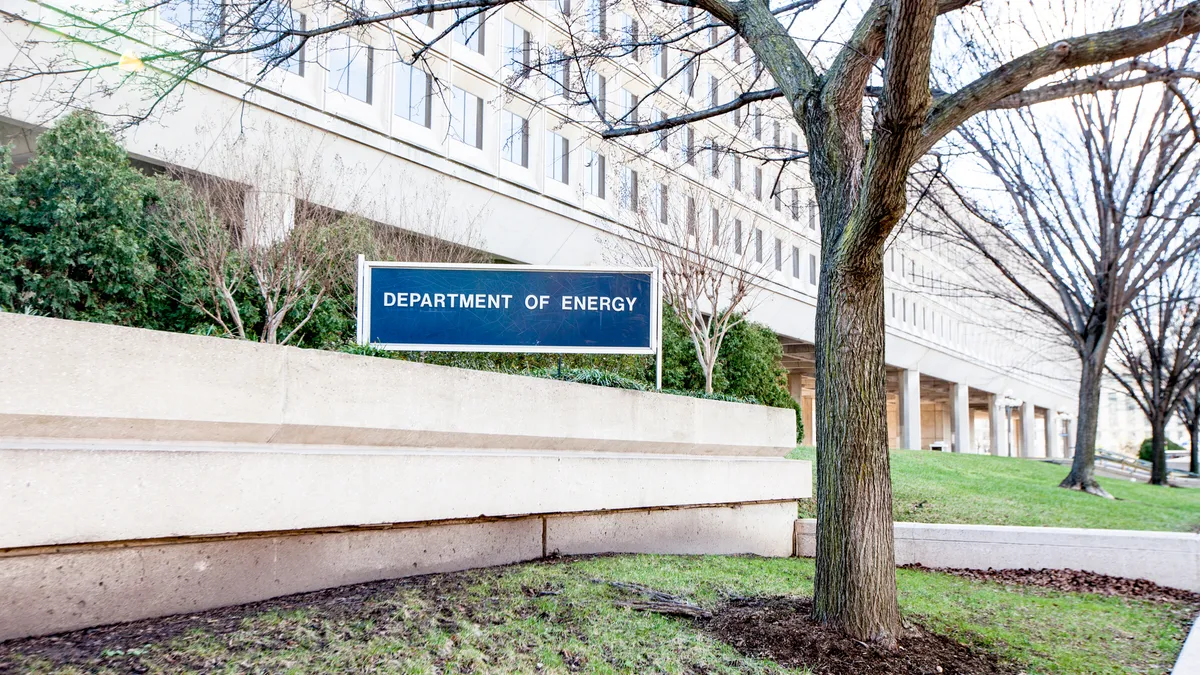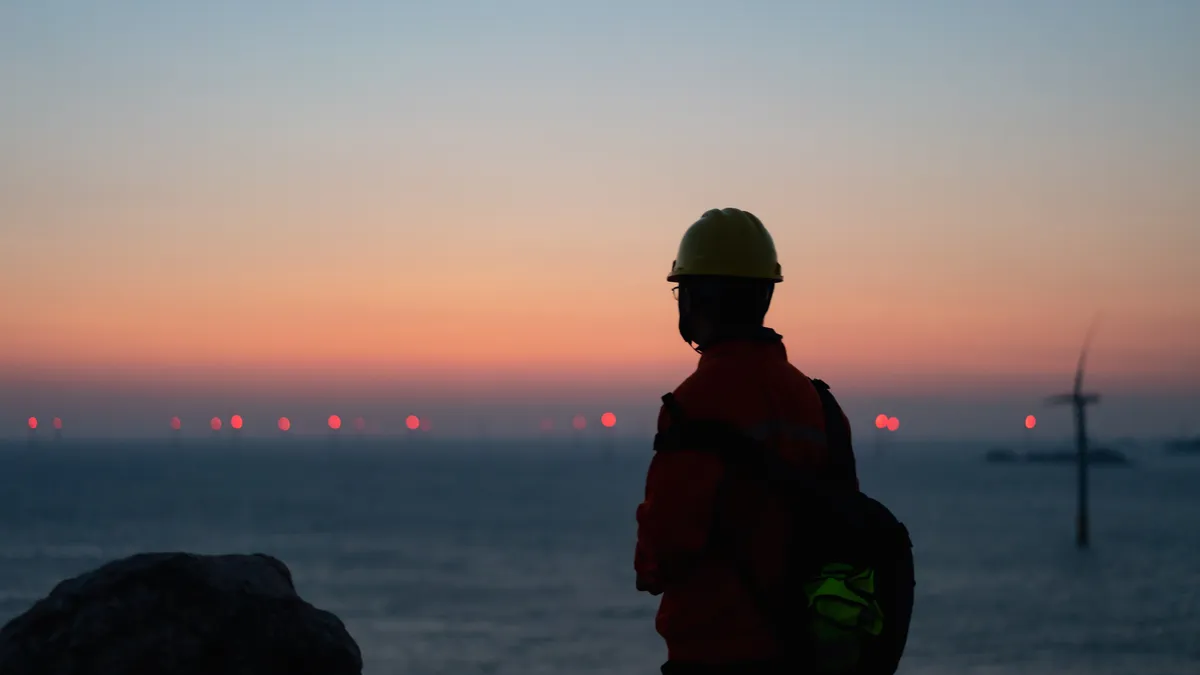Alicia Brown is the clean energy program manager for the City of Savannah
Over the past year, there has been an endless barrage of webinars, newsletters and conference panels about federal funding in the wake of the bipartisan infrastructure law and the Inflation Reduction Act. To outside viewers, this may seem like the zenith of the clean energy movement — and in some ways that may be so — but the reality on the ground is that most local governments, community organizations and other actors are yet to see a penny of funding and may have a long, labor-intensive wait before they do.
Well-meaning as they may be, the agencies that are tasked with distributing the funding from these laws, namely the Department of Energy and Environmental Protection Agency, can be painfully oblivious to the needs of recipients. With each funding opportunity comes outreach efforts in the form of multi-hour online “listening sessions” and formal, overly structured “Requests for Information” that are poorly equipped to capture the nuances of community needs and concerns.
Some criticisms of federal funding are well-worn — applications are needlessly time-consuming and complicated, there’s not enough funding to go around, match requirements are challenging for cash-strapped jurisdictions. I share these concerns, and I would like to offer solutions where I can (I’ll note that some challenges are required by law and can’t be changed by the agency). However, I think there are several additional criticisms that are not made as often that deserve consideration, and I would like to offer those here.
Let’s start with the well-trod path — for city sustainability professionals like myself, grant applications serve as black holes on our time. Apart from 12-page narratives that must touch on every overly-specific bullet point from a sprawling rubric, many funding opportunities require a project to be almost fully baked to be competitive. In other words, in addition to writing what feels like a dissertation, applicants have to do community engagement and develop a project or program to 90% completion before having any certainty that there is a path to implementation. Relationships between governments and frontline communities are already strained from decades of broken promises and transactional interactions. Engagement efforts with no tangible outcomes only make that worse.
So what should be done? DOE and other federal agencies should consider a simpler approach — have interested applicants submit a two-page letter of interest, outlining an idea for the funding opportunity and the steps they would take to bring it to fruition. The most promising or interesting ideas will receive a preliminary promise of a minimum amount of funding, pending successful completion of necessary community engagement and project development activities. Funding above the promised minimum could then be allocated to finalists according to whatever rubric DOE chooses.
This approach would have several benefits. It would reduce the amount of time put into unsuccessful grant applications, reduce staff time needed to review applications, reduce the need for under-resourced organizations to force square projects into round holes in pursuit of funding, and minimize the risk of broken promises from applying organizations to disadvantaged communities.
Now for my less popular criticism — in a misguided effort to meet applicant concerns, DOE has emphasized technical assistance in many of its programs, which would be a laudable goal if it didn’t come at the expense of directing cold hard cash to organizations that need it. Take the Energy Efficiency and Conservation Block Grant program, for example. Congress appropriated $550 million of flexible, formula-allocated funding to local governments, states and tribes for a wide array of energy efficiency and energy conservation activities. What did DOE do? Skim $110 million off the top for administration and “technical assistance.” $550 million for a whole country is already a paltry amount, and DOE made it even worse with its 20% cut that will likely do little to make the program better or easier to navigate.
This technical assistance is ostensibly a response to applicant concerns. However, it ignores some important context. Applicants have reported in listening sessions and requests for information, or RFIs, that they need technical assistance because of the high expectations placed on applying projects. If you can’t receive funding before fully specifying and developing a solar and storage system for a resilience hub, you probably will need some technical assistance for your application, but that information should not be needed to assess a proposal for a resilience hub. The proposal should be assessed on the needs of the community, any innovative approaches to the proposed scope of services, and the partnerships that are in place to make it happen.
The latter point about partnerships is critical — anybody who works in local government can tell you that vendors are chomping at the bit to provide free consultations and assistance. Just from my own experience, I have had solar companies provide free analysis for system sizing, ESCOs offer free walkthroughs to provide initial assessments of upgrade and savings opportunities, and EV charging firms offer to donate chargers in exchange for the ability to advertise on them. The private sector is eager to provide the expertise and even some equipment, if only the government will provide (some of) the dollars.
The most infuriating aspect of this heavy emphasis on technical assistance, aside from the fact that it shouldn’t often be needed, is that federally-funded technical assistance often provides little in the way of additional expertise. In my experience, DOE doesn’t bring in industry-leading companies, seasoned attorneys or other experts. It assigns DOE staffers or lower seniority staffers from outside consulting firms or nonprofits, who often provide little more information than a motivated staffer could find from a Google search.
The most dedicated sustainability professionals in my circle are astonishingly good at doing incredible things with basically no resources. Cities aren’t throwing around money for sustainability, and as far as I can tell most of my non-profit partners haven’t been chosen for MacKenzie Scott’s anonymous largesse. Our good work is made possible through self-funding models, strong partnerships and the aggressive development of internal expertise.
Of course, that can only go so far, and that is why every sustainability professional I know has a couple of shovel-ready projects, ready to go except for funding. The most ironic part is that the projects that tend to languish are the equity-focused, Justice40 centric projects that are ostensibly most important to the Biden administration. DOE and others would do well to learn more about these projects, not in a 200-person three-hour Zoom session, and not through an RFI that reads like essay questions from a college exam, but in one-on-one conversations with the organizations they are trying to fund. Enough with the technical assistance. Our deployment needs are too great.






















